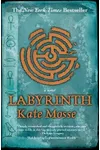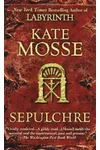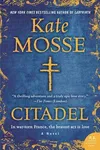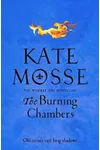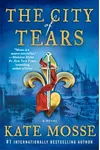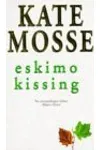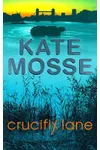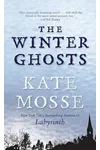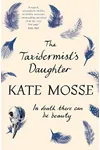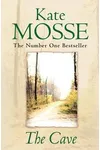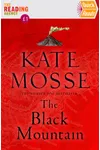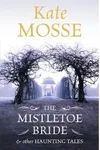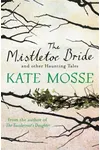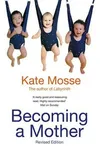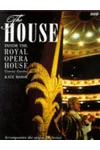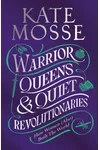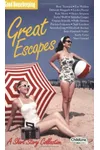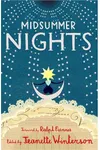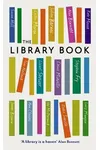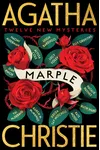Picture an English storyteller who whisked readers to medieval France with her spellbinding novel Labyrinth—meet Kate Mosse! Born in 1961, Mosse is a literary luminary whose historical fiction and modern mysteries captivate audiences worldwide. With her books translated into 37 languages and sold in over 40 countries, she’s a global sensation, blending rich history with heart-pounding intrigue.
From her early days in West Sussex to her rise as a bestselling author, Mosse’s journey is as compelling as her novels. Her unique ability to weave past and present into unforgettable tales has earned her a devoted following and critical acclaim. Let’s dive into the world of Kate Mosse and discover what makes her stories so irresistible!
The Making of Kate Mosse
Born on October 20, 1961, in Chichester, West Sussex, Kate Mosse grew up surrounded by books and storytelling. Her love for literature blossomed early, fueled by her education at Oxford University, where she studied English. After graduating, Mosse ventured into publishing, sharpening her storytelling instincts before turning to writing. Her early career included roles at prestigious publishing houses, but the pull of crafting her own narratives soon took center stage.
Inspired by her fascination with history and strong female characters, Mosse began writing fiction that bridged centuries. Her debut novel, Eskimo Kissing (1996), showcased her knack for emotional depth, but it was her later work that catapulted her to fame. Mosse’s storytelling is deeply rooted in her love for the Languedoc region of France, where she spends part of her time, drawing inspiration from its landscapes and history.
Kate Mosse’s Unforgettable Stories
Mosse’s breakout novel, Labyrinth (2005), is a masterful blend of historical adventure and modern thriller, following two women connected across 800 years in the Languedoc. The book’s gripping tale of the Holy Grail and medieval intrigue became an international bestseller, earning praise for its vivid settings and intricate plot. Its success launched the Languedoc Trilogy, cementing Mosse’s reputation.
Following Labyrinth, Mosse delivered Sepulchre (2007), a haunting tale of music, mystery, and tarot in 19th-century France, and Citadel (2012), a World War II story of resistance and courage. Her standalone novels, like The Winter Ghosts (2009), showcase her versatility, blending ghostly folklore with emotional resonance. Mosse’s style is immersive, with lush historical detail, strong female protagonists, and a knack for intertwining past and present.
Beyond novels, Mosse has penned short stories, non-fiction, and plays, always with a focus on empowering women’s voices. Her recent work, The Ghost Ship (2023), part of The Joubert Family Chronicles, continues her tradition of swashbuckling historical fiction, exploring piracy and adventure in the 17th century.
Why Kate Mosse Matters
Kate Mosse’s impact transcends her page-turning plots. Her stories celebrate women’s strength, from medieval heroines to wartime fighters, resonating with readers globally. By spotlighting lesser-known historical settings like the Languedoc, she breathes life into forgotten narratives. Mosse’s advocacy for women in literature, through founding the Women’s Prize for Fiction, has also shaped the industry, championing diverse voices.
Her global reach—over 5 million books sold—reflects her universal appeal. Mosse’s ability to craft stories that are both thrilling and thought-provoking ensures her legacy as a storyteller who bridges time and culture, inviting readers to explore history through a modern lens.
About Kate Mosse
- Born: October 20, 1961, in Chichester, West Sussex, England
- Key Works: Labyrinth, Sepulchre, Citadel, The Ghost Ship
- Awards: Shortlisted for the Richard and Judy Best Read, honorary fellow of the Society of Authors
- Fun Fact: Mosse co-founded the Women’s Prize for Fiction in 1996 to celebrate women’s writing.
Ready for a literary adventure? Snag Labyrinth and dive into Kate Mosse’s thrilling world of historical mystery!
